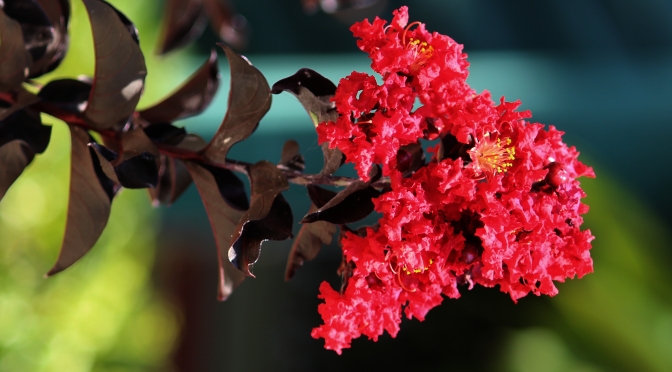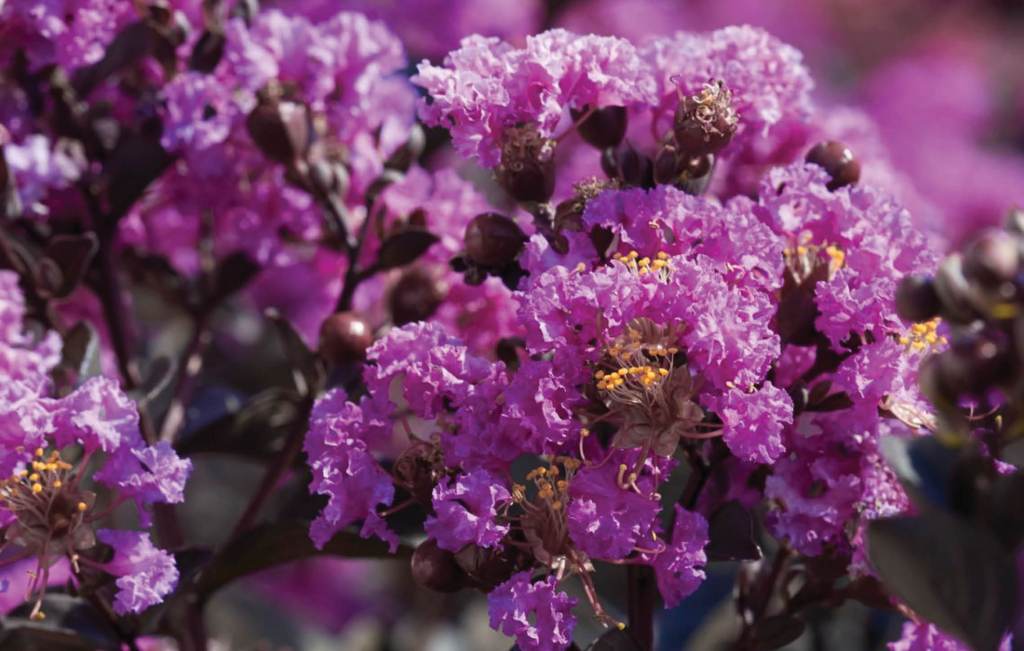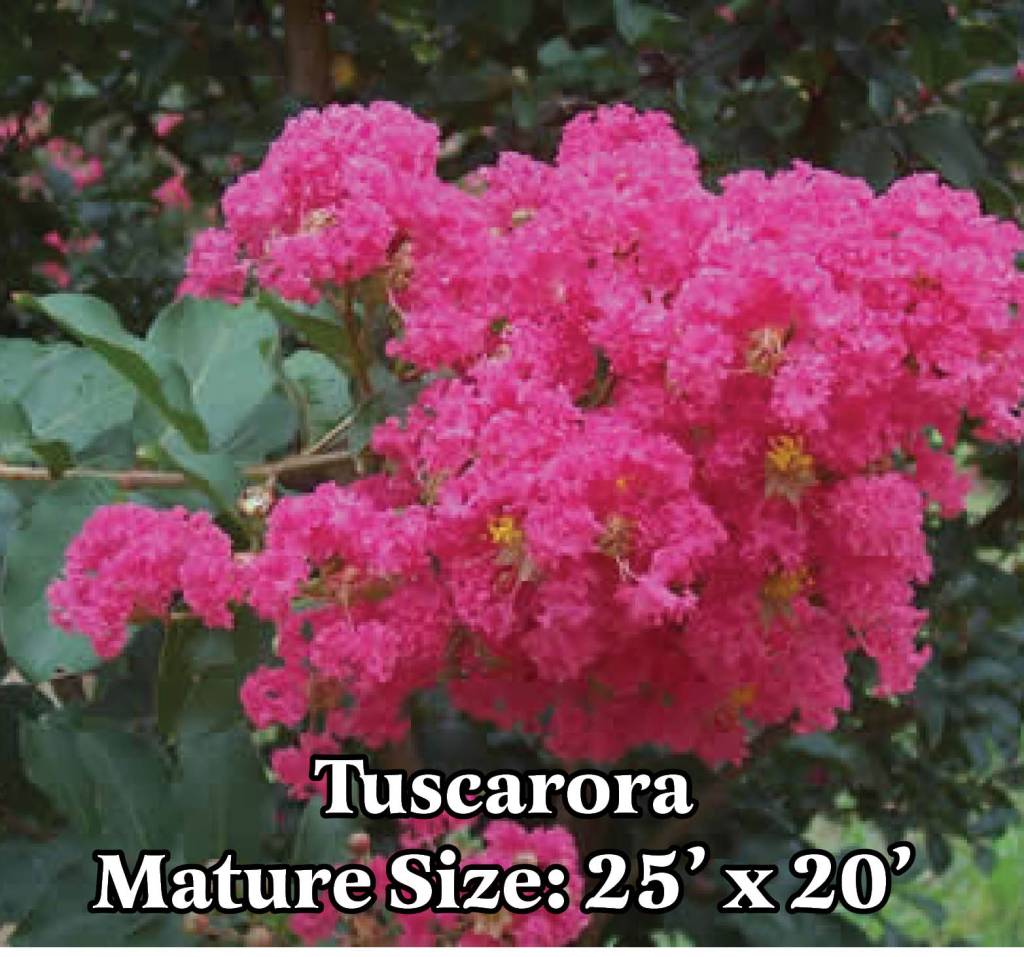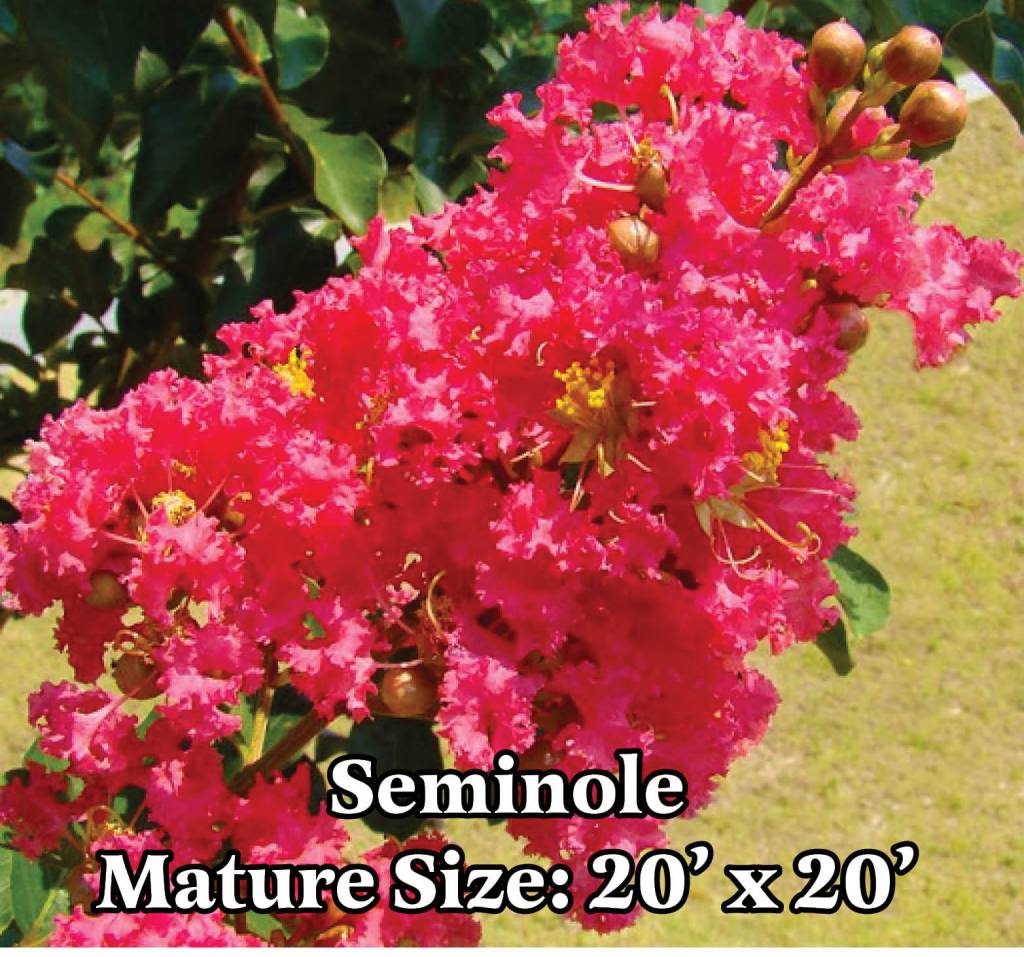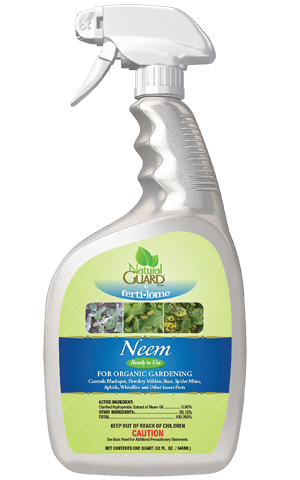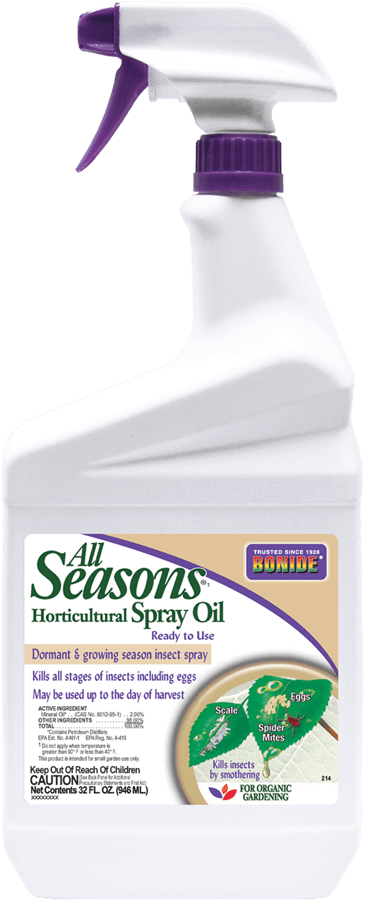Black Diamond Crepe Myrtles
Black Diamond Crape Myrtles have vibrant blooms, stunning bark, and deep maroon leaves that bring drama to the garden in a way that few other trees and shrubs can. Black Diamonds can be pruned into a small shrub, large shrub, or small tree. Plant in full sun in soil amended with Michigan Peat and BioTone. Fertilize with 13-6-6 in early spring each year. To encourage a second bloom, remove spent flowers and apply a second dose of fertilizer immediately after the first set of blooms fades.
Amend your soil using Michigan peat and BioTone before planting to improve drainage, moisture retention, and nutrient availability for rapid growth. This step is of utmost importance during the summer months when rainfall is ample and temperatures are high.
Prune Your Crepe Myrtles Like a Pro
Crepe Myrtle flowers appear on the new growth of the season; it is safe to prune them anytime during late winter or early spring before new growth begins to emerge. In general, it is better to prune Crepe Myrtles while the plant is young and the branches are thin. Cutting back large branches and leaving stubs will create an unnatural appearance and increase the plant’s susceptibility to pests and disease-this practice is commonly referred to as Crepe Murder for a reason! Just because you see your neighbor hacking back their Crepes doesn’t mean you should. Take it from the experts, when it comes to pruning Crepe Myrtles, less is more!
Standard Crepe Myrtles
While standard Crepe Myrtles do not come with the iconic deep maroon foliage of the Black Diamond varieties, they are still quite attractive and often a better value for mass plantings. At Esposito Garden Center, we currently have 10 beautiful varieties to choose from. Check our most recent ad at espositogardencenter.com for current specials on Crepe Myrtles and other landscaping staples.

